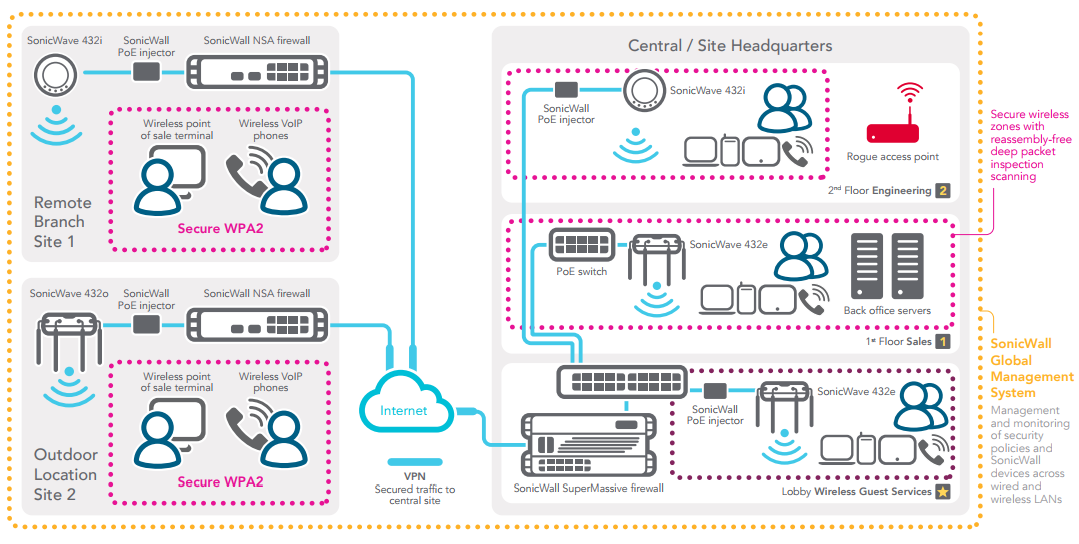

For this reason, you must specify a range of usable IP addresses for the VPN client. NetExtender IP: SSL VPN will not use the DHCP address pool from either the firewall or from a server on your network. Interface: Select your LAN Interface, by default X0 Under Client Settings, follow these instructions: Just edit the HTML text to create custom messages or to link custom logos. In SSL VPN > Portal Settings you can customize the message that appears to VPN users. For this reason, we will use the default port 4433 for this example. You will also need to double check that port 443 is not being used for other services such as an Exchange/OWA HTTPS connection. Do this under the system > administration menu. If you decide to do this, keep in mind that you will need to change the Sonicwall management port to something other than the default port 443. Port 443 is usually not blocked by even the most restrictive firewalls.

In the SSL Server VPN settings, you may want to change the default port to 443 if the VPN users travel frequently and find themselves behind highly restrictive firewalls that block outbound access by port. Next, navigate to SSL VPN > server settings.Ĭlick on WAN interface link to change the red dot to green. Make sure the user login has HTTPS enabled. Click on Network and select WAN (by default X1) configure.
SONICWALL SSL VPN CLIENT MISSING GATEWAY INSTALL
Now that I have convinced you of the benefits of netExtender, let’s install it! First, log in to your Sonicwall Device.


 0 kommentar(er)
0 kommentar(er)
